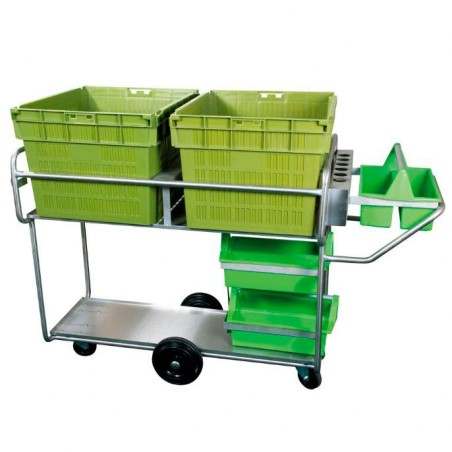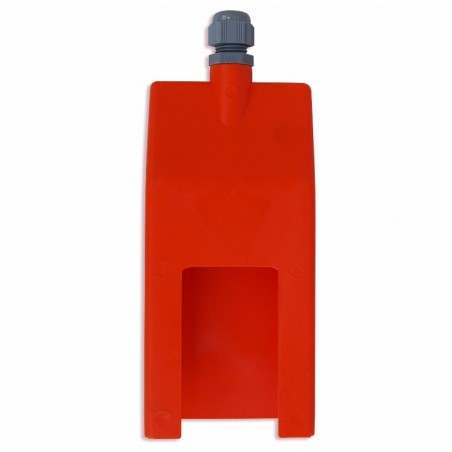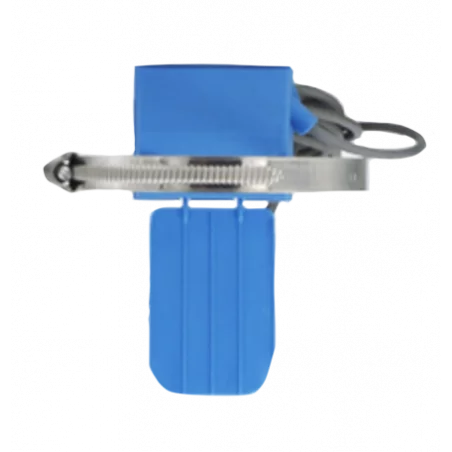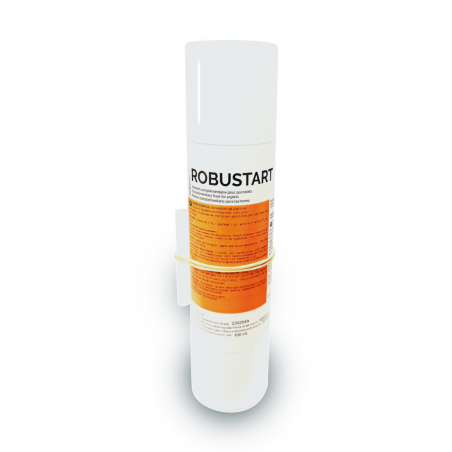What is food safety?
First of all, it is important to have a clear concept of feed safety, which can be defined as the absence, at safe and acceptable levels, of hazards in feed that can harm the health of consumers. These hazards are physical, chemical, or biological and most of the time they are not visible to the naked eye, which poses a higher risk of contamination.
How can it affect the swine industry?
Modern swine production, with all animals being in intensive production facilities, depends on the supply of balanced feedstuffs to feed them, the quality and safety of which are critical to the health and welfare of the animals and their maximum productive performance.

When it comes to the safety of pig feed, the main biological risks are diseases that can be transmitted/vehiculated via the feed itself, such as salmonellosis, porcine epidemic diarrhea (PEDv), senacavirus (SV), and PRRS, widely spread and studied pathologies that, due to their high degree of mortality and/or morbidity, can cause great economic losses. However, little consideration is given to the impact of offering animals feed with high microbial loads, such as mesophilic anaerobes, enterobacteria, or the presence of E.coli, almost always interpreted only as indicators of poor in-plant sanitation (Table 1).
Table 1. Acceptable levels of microorganisms in raw materials of animal origin for animal feed.
| Acceptable levels of microorganisms in raw materials of animal origin for animal feed | |
|---|---|
| Parameter | Optimal value |
| Aerobic count | <106 ufc/g |
| Coliform count | <103 ufc/g |
| E. coli | Absent ufc/g |
| Salmonella | Absent ufc/25 g |
Source: Fedna 2002
Although feedstuffs with high levels of microbiological contamination do not result in immediate infections, they expose animals to a state of stress that, when sustained over time, weakens their immune system and predisposes them to other diseases, in addition to negatively affecting their productivity. Although the economic losses are not as evident as in cases of PRRS and PED, they are equally significant if we consider that they last and are even more significant if we take into account the production losses when the maximum productive potential of the farm is not reached.
Mycotoxins present in feed are another point of interest for feed safety (Table 2), since they can represent health risks for animals with clinical symptoms or compromise their productivity in subclinical cases, depending on the levels of contamination present. In addition, some mycotoxins ingested by animals are capable of accumulating in different tissues and organs, also posing a risk to the consumer because they cannot be deactivated by cooking methods.
Table 2. Mycotoxin limits in pig diets regulated by the Spanish Ministry of Agriculture, Food and Environment.
| Micotoxin | Limit (mg/kg) | Animal category (Phase) |
|---|---|---|
| Aflatoxin B1 | 0.05 | Piglets |
| Aflatoxin B1 | 0.02 | All other categories |
| Ochratoxin A | 0.05 | All categories |
| Vomitoxin | 0.90 | All categories |
| Zearalenone | 0.10 | Piglets; gilts |
| Zearalenone | 0.25 | All other categories |
| Fumonisin | 5.00 | All categories |
Source: Ministry of Agriculture, Food and Environment - Spanish Government, 2015.
In the past, many of the negative effects of high microbial loads and mycotoxins were masked by the use of antimicrobials and feed additives. Some, such as zinc oxide, are currently banned for use in the European Union and at some point in the future will be banned almost everywhere in the world. Consequently, it will be necessary to make feed safety not just a concept, but a tool to minimize immune stress and improve pig health, welfare, and productivity.
Other examples of chemical hazards found in pig feed can be the use of poor-quality fats and oils as well as high levels of heavy metals (Table 3) from industrial by-products and dioxins present mainly in raw materials of animal origin. Therefore, animals are exposed to a situation of oxidative stress that makes them more susceptible to diseases, compromising their efficiency and even increasing the risk of residues in the meat.
Table 3: Limits of heavy metals allowed in raw materials used in the formulation of animal feed, according to European regulations.
| Heavy metal | Limit (mg/kg) |
|---|---|
| Arsenic | 2.00 |
| Cadmium | 1.00 |
| Lead | 10.00 |
| Nitrites | 15.00 |
Source: EU Regulation 1275/2013
How can the safety of pig feed affect the food chain?
If we consider all aspects of the food production chain and understand it as a continuous thread from primary production to animal feed production to the sale or supply of food to the final consumer, we see that each element has the potential to positively or negatively influence food safety (Figure 1).
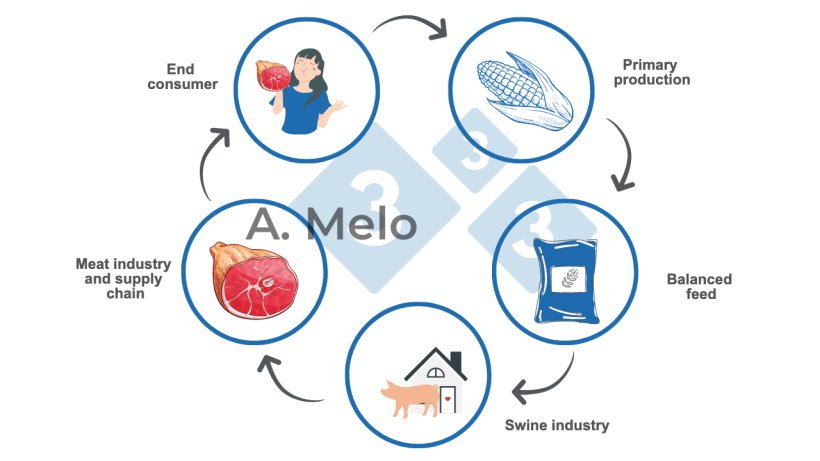

The safety and quality of feed can be considered a prerequisite for guaranteeing safe food for the population, due to its important and significant impact on the food chain (FAO) considering that what is ingested by animals can accumulate in different organs and tissues, as is the case of mycotoxins, dioxins, and heavy metals.
As feed producers, the safety of the feed consumed by pigs must be guaranteed and safeguarded, not only to ensure the health and well-being of the animals but also of all those who consume pork products.
Conclusion
Challenges in swine production are increasingly greater and more important in regards to new diseases, the rational use of antimicrobials, the ban of some additives, changes in consumer behavior and demands, as well as the globalized market, therefore making it necessary for the pork industry to continue working intensively with feed safety parameters.




